Paris is a city full of beautiful old Gothic buildings, but none have reflected the ups and downs of French history quite like La Conciergerie.
This remarkable stronghold on the banks of the Île de la Cité has stood, in one form or another, for some 1400 years, during which time it has been a home of kings, a revolutionary tribunal, a prison for traitors, and Paris’s main courts, among other things.
Today, La Conciergerie is one of the most striking and historically significant buildings in the city, but many visitors stroll right past it on their way to more famous sites like the nearby Notre Dame or the Louvre.
Before you, too, head on to more famous attractions, take a moment to consider a Skip-the-line Walking Tour of Notre-Dame and Sainte-Chapelle – we guarantee you’ll appreciate it when you see what everyone else has been missing.
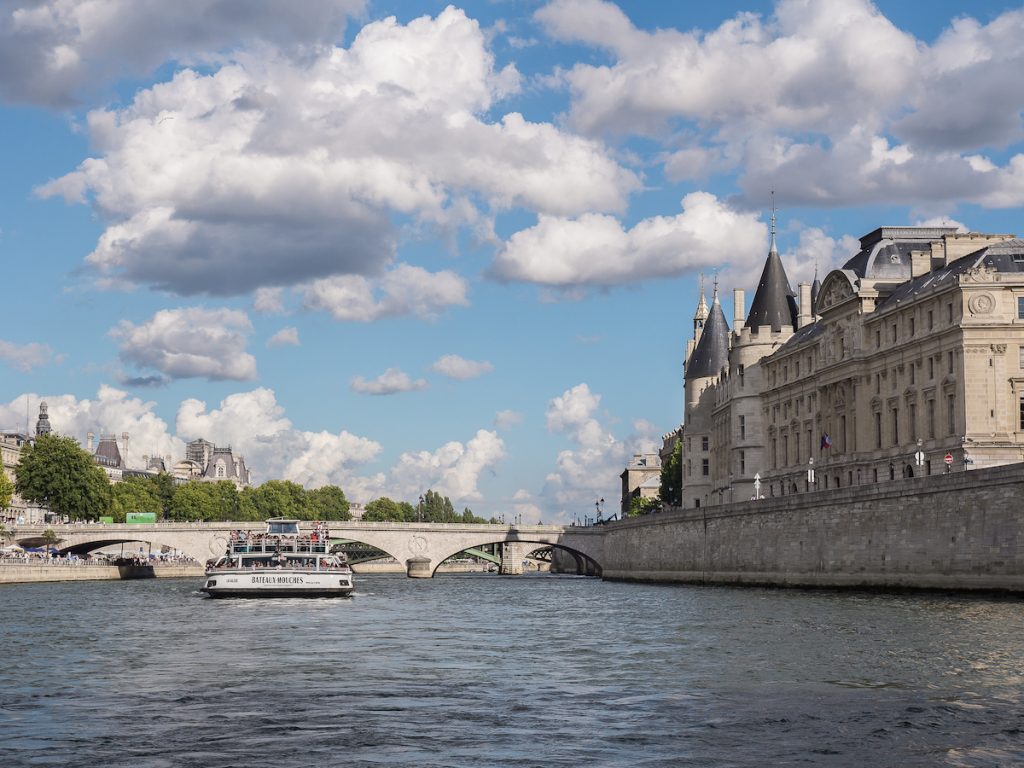
What is “Gothic” anyway?
Gothic can refer to three different, but vaguely related things.
- Various ancient Germanic tribes of Europeans whose numerous sackings of Rome helped bring about the fall of the Roman empire (4th–6th centuries AD).
- A type of horror literature written in 18th and 19th century Europe (and vigorously copied ever since), featuring gloomy old castles and ruins, lost loves, terrible weather, and, occasionally, vampires. This literary movement is distantly related to the terrible adolescent fashion trend that includes pale makeup, black hair dye, terrible music, and lots of angst.
- An architectural style developed in Europe, specifically France, during the late medieval period (roughly the 12th through the 16th centuries) that features the use of pointed arches.
The first two don’t have much direct connection to Gothic buildings, for which we need to turn to Gothic’s third, and most useful definition, for our purposes.
In fact, pointed arches are so characteristic of the building style they are also called Gothic arches. There is, of course, a bit more to Gothic architecture than that but, for our purposes, just remember that the easiest way to identify a Gothic building is to look for pointed arches in the windows or the ceiling vaults.
Although “Gothic” conjures images of old-world grandeur for many people today, the term was originally coined as a way for more “enlightened” minds who favored the Classical and Renaissance architecture of southern Europe to disparage the “barbarities” that were being constructed in the North.
Because the Goths were synonymous with the fall of Rome, anything carrying their name had the connotation of being against beauty and Enlightenment.
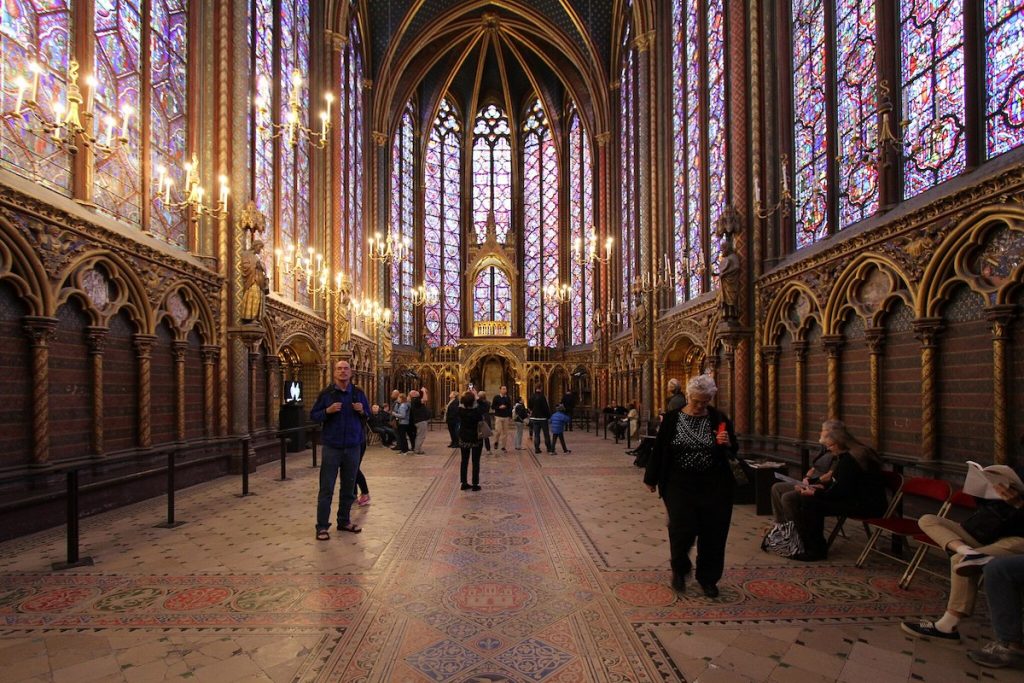
So, La Conciergerie is an old building with pointed arches, what else?
Not just any old building – La Conciergerie is one of the oldest buildings in Paris. It stands in the same spot that the Romans who conquered the city from the Celts in the first century B.C. erected their first fortress.
The palace built upon the foundations of that old fort was subsequently used as a royal residence by the kings of France for some 1300 years, until kings in the 14th century began to move their operations to cleaner, and more easily defended areas outside the city center.
But, for those 1300 years, the Palais de la Cité (of which La Conciergerie was one part) was the home of French kings and the epicenter of various political projects that turned an old Roman outpost into the largest and most impressive city in all of Europe.
Today, the building is a patchwork of different architectural styles that were added and expanded by different kings, including great halls, prison cells, administrative offices, and even a torture chamber.
Their additions created jaw-dropping rooms like the Guards Room and Hall of the Soldiers, which you can still see if you visit La Conciergerie. Needless to say, the building has come a long way from the original wooden fort that the Romans erected there.
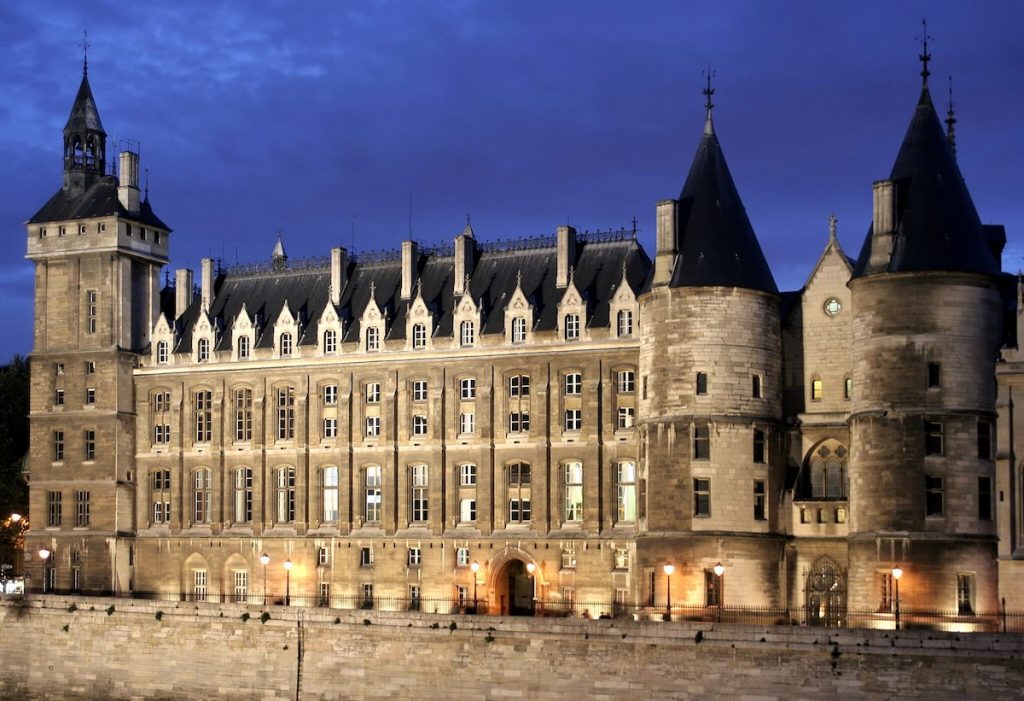
What if I slept through French dynastic history in school…?
Don’t worry, you’re not alone. Even if you can’t name all 13 generations of the direct line of the Capetian Dynasty, you will most certainly have heard of La Conciergerie’s most famous guest: Marie Antoinette.
With the Bourbon dynasty crumbling under the weight of the French Revolution in 1792, the queen who had once wowed all of European society with her charm and daring fashion choices was taken into captivity by the French mob and later imprisoned in a private cell in La Conciergerie, which was then used as a prison for the New French Republic.
The dank cell she was given must have been quite a blow for the woman who had ruled over one of Europe’s most decadent courts in Versailles. Yet, this was where she was doomed to spend her final days until she was executed by guillotine on October 16, 1793.
Her beheading was one of the first and most famous events of the period that came to be known in France as the Reign of Terror, during which revolutionary fervor curdled into violent hysteria.
In a ten-month period in 1793, some 40,000 people were killed, either by execution or by the poor conditions in prisons like La Conciergerie. During this time, the communal prison cells overflowed with inmates awaiting trials that could take place at any time.
Thousands went directly from their cells in La Conciergerie to the guillotine, and La Conciergerie became a place that was as dreaded as it was revered.
Nowadays, the Sainte-Chapelle & Conciergerie tours still visit the cells where prisoners were kept, as well as the final cell that Marie Antoinette stayed in before her appointment with the guillotine. Today it has been turned into a touching memorial chapel that evokes the pain and hopelessness of her final days.
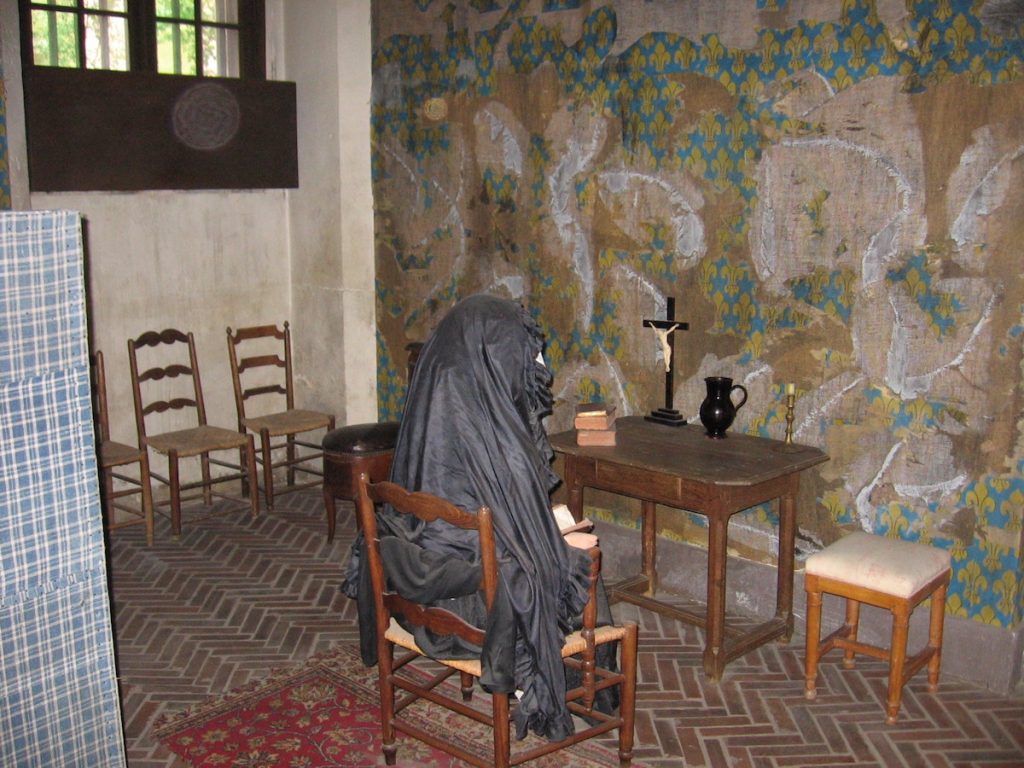
A prison? Seems like a bit of a downer…
Well, the Conciergerie is not ONLY famous for its prison. Remember that we mentioned it was also an impressive palace and one of the oldest buildings in Paris, among many other things.
Ironically, one of Paris’s most infamous jails is connected to one of its most revered chapels: the incomparable Sainte-Chapelle.
This royal chapel was built in the 13th century by one of France’s most fondly-remembered kings, Louis IV, as a place to keep old wood. Alright, it wasn’t just any old wood.
As France’s political power had consolidated under Capetian rule, Louis IV wanted to find a way to show all of Europe that he was not only the most powerful man on the continent, he was the most powerful man in all of Christendom.
In order to achieve this feat, he amassed one of the world’s most impressive collections of Christian Relics, including the purported crown of thorns and pieces of the cross upon which Jesus had been crucified.
These last two, which he had bought for an eye-watering sum from the Emperor of Constantinople (more, in fact, than it cost to build the Sainte-Chapelle), were the stars of the collection and he wanted to create a space to show them off.
The chapel he commissioned is a masterpiece of Gothic architecture and one of the most beautiful rooms in the world. With soaring (pointed) arches, and a jaw-dropping collection of 1,113 original stained glass windows, it seems hardly credible that it was designed and built by human hands.
Curiously, we aren’t actually sure who the architect was, though debate still rages. Regardless of what Medieval genius dreamed up and built this jewel box of Gothic wonder, seeing it today is an experience that borders on the otherworldly. Although it isn’t part of many regular Conciergerie tours, our Île de la Cité tour takes guests to both La Conciergerie and Sainte-Chapelle.
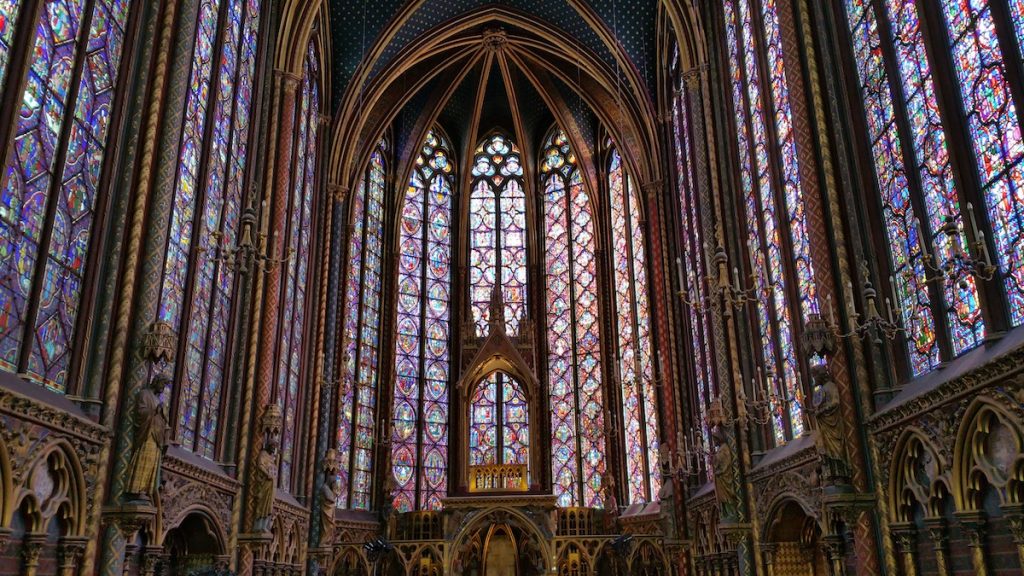
Jail cells and one of the most beautiful rooms in the world all in the same building?
That’s right, we did warn you that you’d have to find some time in your Parisian itinerary to visit La Conciergerie. And that’s not even considering that much of La Conciergerie is still used for the Paris Law Courts.
Far from being a relic of bygone ages, La Conciergerie is part of a vibrant living history that is constantly changing and adapting to the challenges of running Paris.
A visit to these places is a visit to the beating heart of a tumultuous political culture that has driven the rise, and fall, and rise of France, again and again, in the arena of European history.
La Conciergerie contains many of the contrasts, challenges and hopes of the city, and besides astonishing you with the wonders of Gothic Architecture, it’ll help you understand a bit better the city that you’re stepping on.
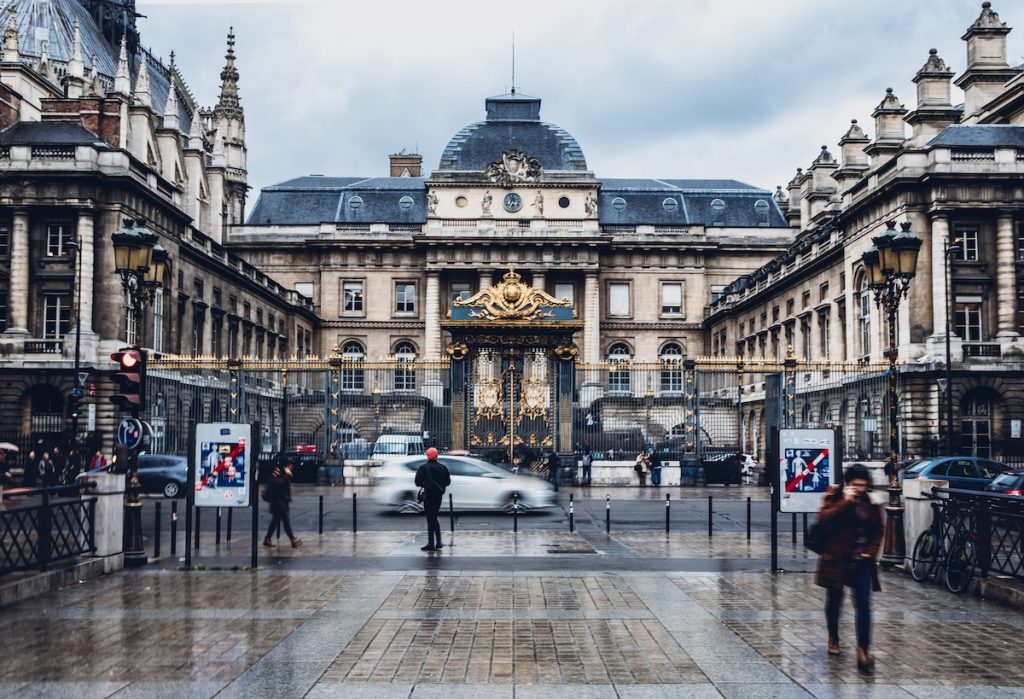
Update Notice: This post was updated on November 26, 2023.
If you want to see Paris with friendly, local experts, and go to the sites that other visitors miss, check out our varied selection of Paris walking tours. From the best of the city landmarks such as the Eiffel tower and the Louvre to trying the best of Parisian culinary gems, we’ve got you covered.



